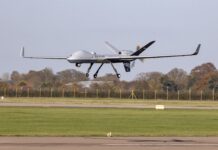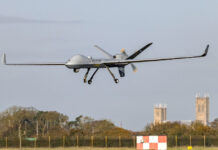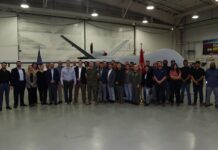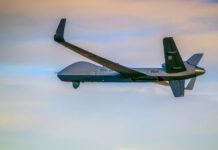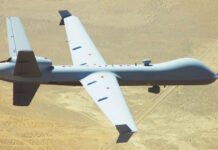The XQ-67A autonomous collaborative platform (ACP) has successfully demonstrated integration of government reference autonomy during a recent flight test over the California High Desert, manufacturer General Atomics Aeronautical Systems Inc (GA-ASI) announced on 16 July 2025.
The flight showcased the integration of US government-owned autonomy on the XQ-67A, paired with active tactical datalink communications, to enable dynamic mission execution and real-time co-ordination with both crewed and uncrewed systems. The event “thus marked a major milestone in advancing scalable, modular autonomy and seamless interoperable crewed-uncrewed teaming (C/U-T)”, GA-Asi stated.
During the flight the XQ-67A executed test points to validate the integration of mission systems on the aircraft, including autonomy, mission computing, networking, power and thermal management, and datalinks. Through a tactical datalink the aircraft received real-time updates and situational data, giving it the ability to co-ordinate seamlessly with crewed aircraft and other autonomous systems in the future.
The XQ-67A platform, built by GA-ASI under contract to the Air Force Research Laboratory (AFRL), is playing a critical role in exploring the platform-sharing approach to achieving scalable affordable mass, GA-ASI stated, with its performance in this latest flight test advancing the US Air Force’s vision for an integrated autonomous air fleet that can support and augment current and future crewed platforms.
The successful demonstration in the high desert highlights the promise of combining government-owned autonomy with proven tactical communications infrastructure. This approach, said GA-ASI, accelerates technology transition and supports AFRL learning objectives regarding the integration of mission systems within the context of the XQ-67A testbed.
The XQ-67A is described by the AFRL as the first of a second generation of ACPs. Following the success of the XQ-58A Valkyrie, the first low-cost uncrewed air vehicle intended to provide credible and affordable mass, the XQ-67A is being used to prove the common chassis or ‘genus’ approach to aircraft designing, building and testing. This approach paves the way for other aircraft ‘species’ to be rapidly replicated on a standard genus chassis.
“This successful test underscores the Department’s commitment to fielding autonomous systems that can integrate into joint operations using existing tactical networks,” Mike Atwood, GA-ASI’s vice president of advanced programmes, was quoted as saying in a company press release. “Government-owned autonomy on the XQ-67A is a concrete step toward deployable, combat-relevant autonomy that works with and alongside crewed platforms.”
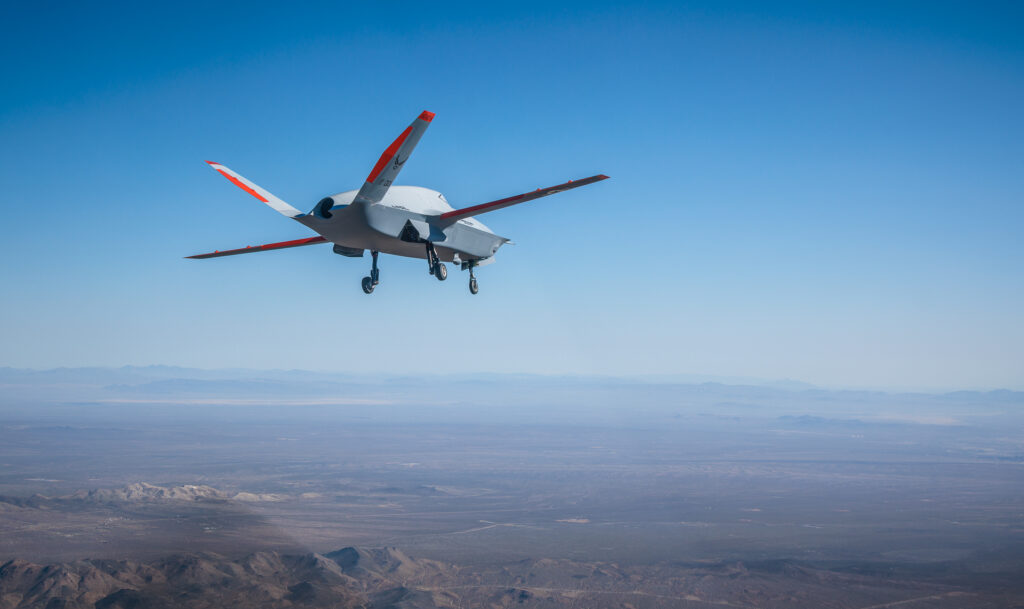

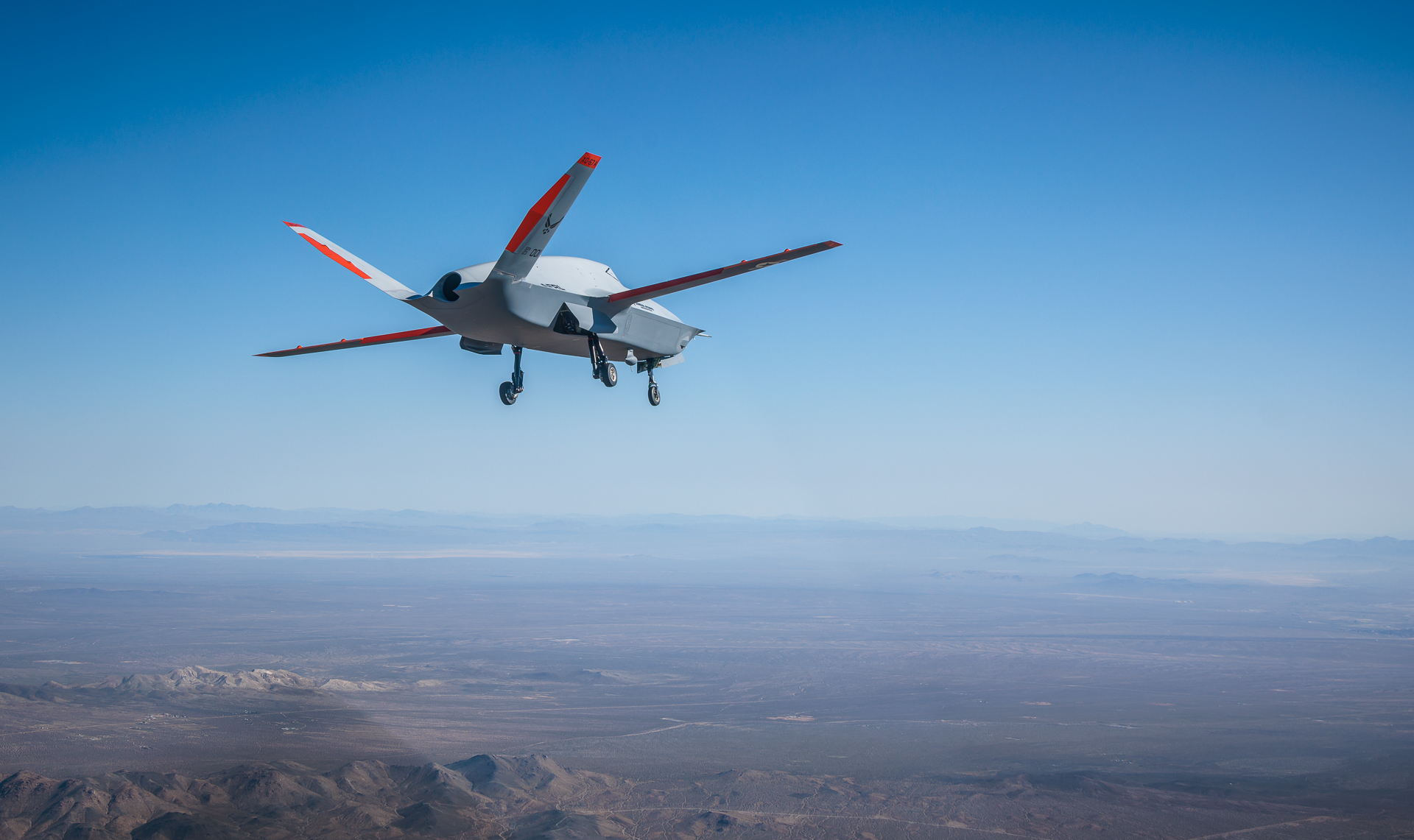

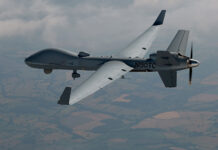
![Developments in strike UAVs The Flyby Jackal launches an LMM during testing. [Crown Copyright 2023]](https://euro-sd.com/wp-content/uploads/2025/07/Jackal_Crown-Copyright-Kopie-218x150.jpg)
